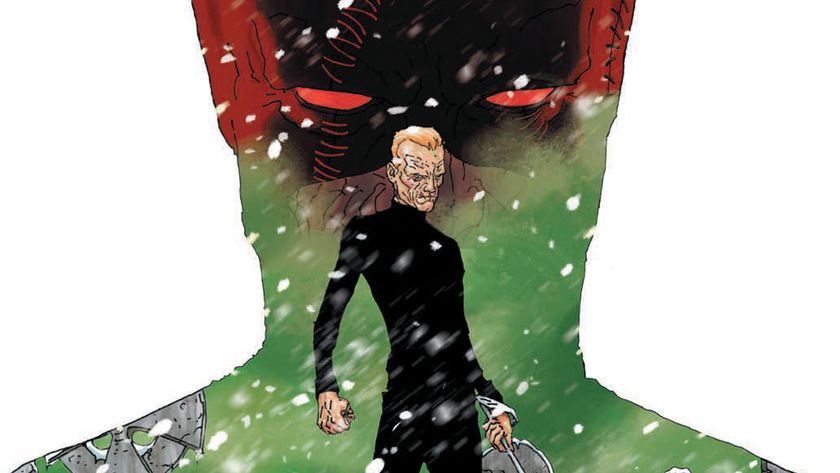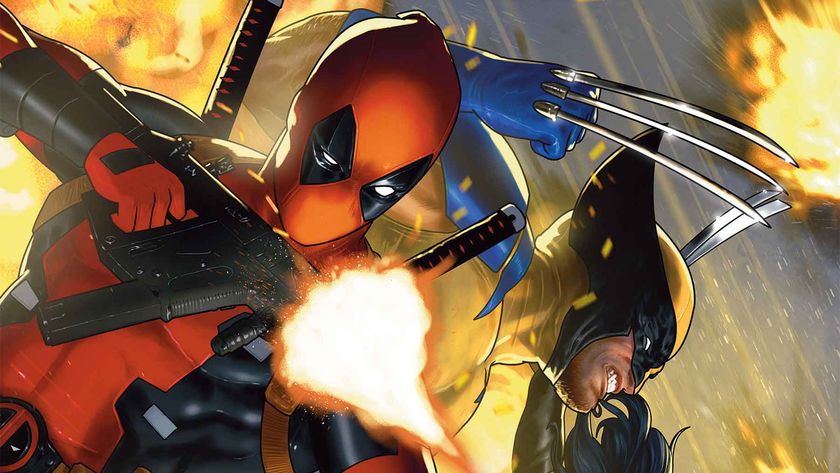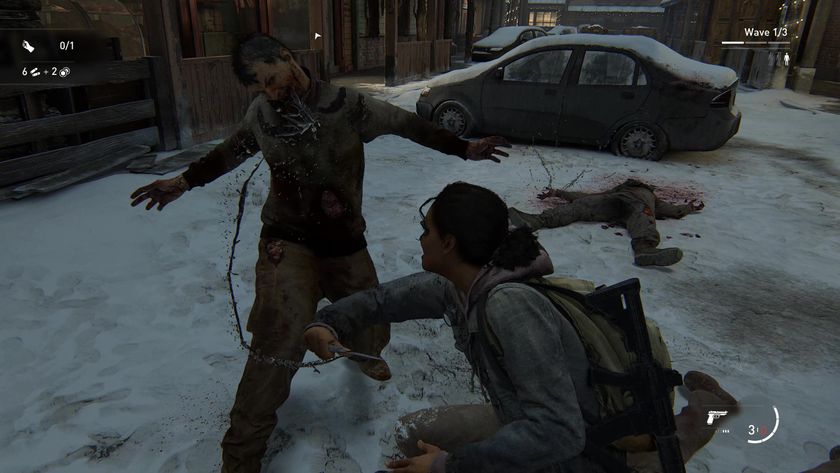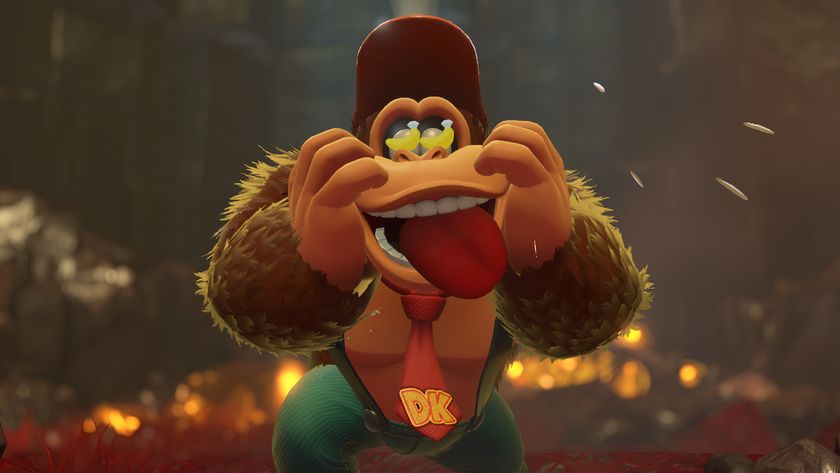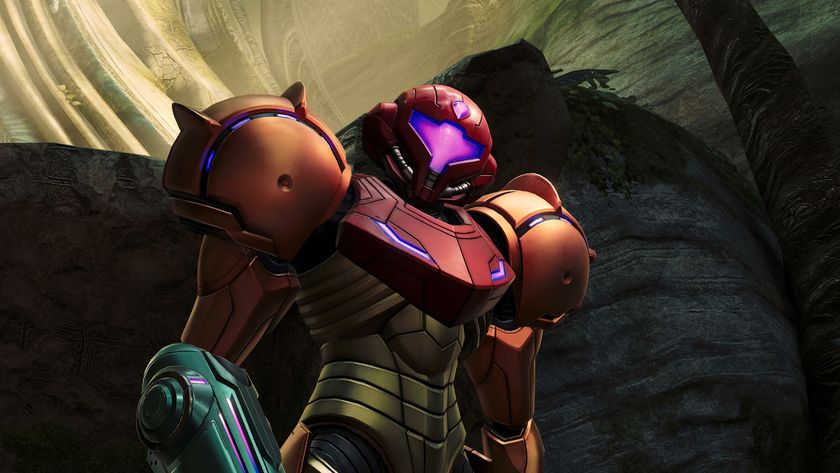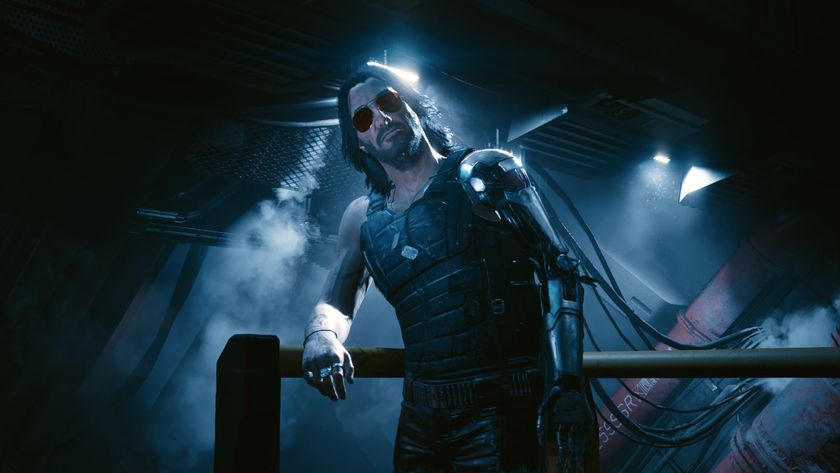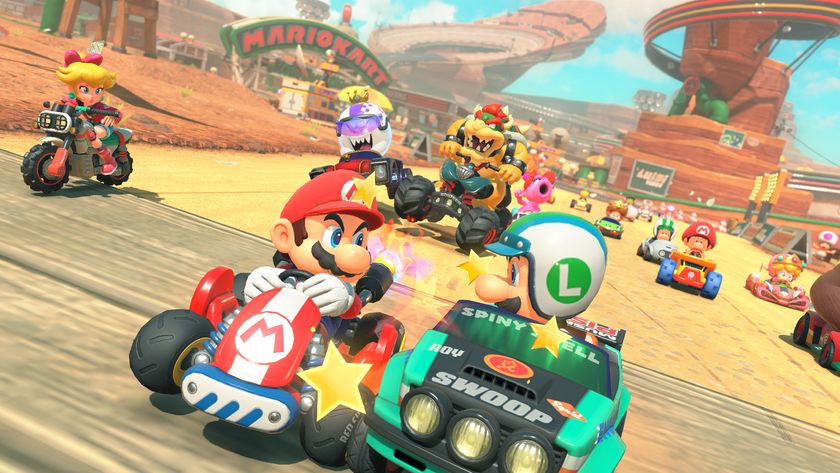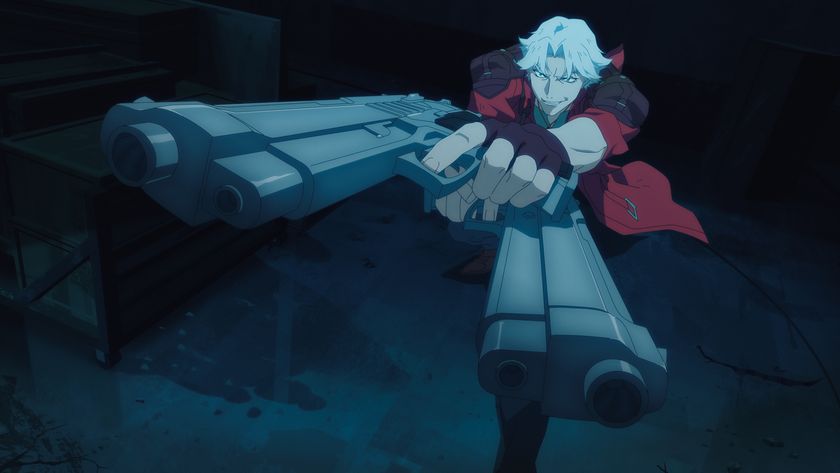10 Vertigo comic books that defined the era
With imprint now shuttered, here are the best Vertigo comic books
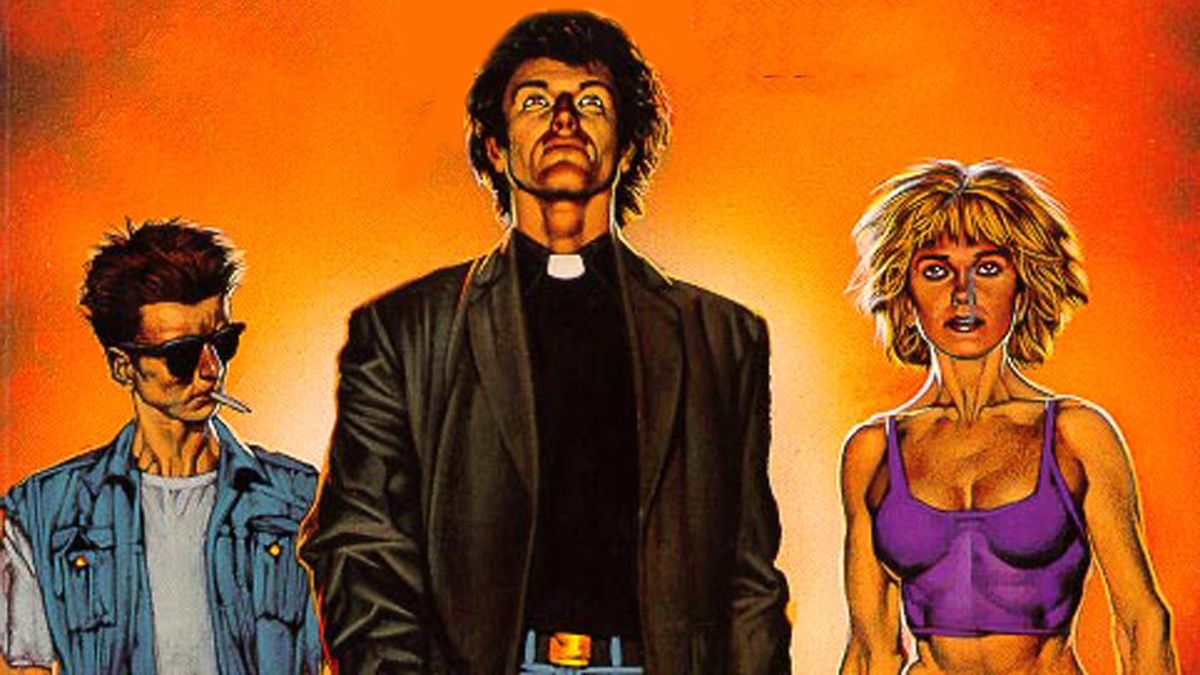
Vertigo was one of the most prestigious comic imprints, its best stories known for their high quality as well as their sometimes controversial material. However, with the DC Black Label branding now adorning Neil Gaiman's Sandman Universe line of titles, DC's Vertigo imprint officially came to an end as of October 2019.
For nearly three decades, Vertigo was known for a focus on subversive and experimental stories that couldn't exist in the mainstream DC Universe. The imprint made the careers of many of today's top creators, and defined the look and style of non-superhero comics for a generation.
Whether you're looking to revisit some classics or discover the imprint for the first time, here are the best Vertigo comic books that defined their era.
10. Sandman Mystery Theatre
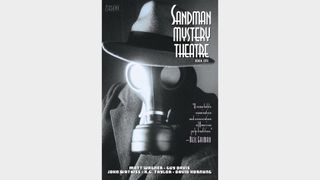
The Golden Age revival title Sandman Mystery Theatre ran for 70 issues in the 1990s, and occupied a unique space in Vertigo's line, straddling the line between the imprint's adult-oriented fare and a core DC Universe concept.
Unlike Neil Gaiman's concurrent Vertigo series Sandman (you can be sure that will come up again later), Sandman Mystery Theatre didn't invent a whole new concept to go with a classic DC name, it put a modern, mature spin on the original Golden Age Sandman Wesley Dodds.
Dealing with far more mature concepts and storytelling than any Golden Age era comic, Sandman Mystery Theatre paved the way for the DC Universe set Starman which redoubled SMT's pulp quirkiness in a mainstream setting - and alongside the subsequent JSA revival even drew concepts from the Vertigo title into the mainstream DCU.
9. Transmetropolitan
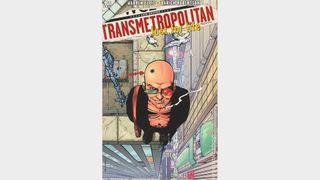
Though it was originally published under DC's short-lived Helix imprint, Transmetropolitan survived that lines folding after one year, moving to Vertigo for the subsequent 3/4 of its run.
Comic deals, prizes and latest news
Get the best comic news, insights, opinions, analysis and more!
Acerbic, challenging, crass, and insightful, Transmet (as it's sometimes abbreviated) focused on journalist Spider Jerusalem as he railed against the injustices of a dystopian future in his own twisted way.
Over the course of 60 issues (and a few one-shots), writer Warren Ellis and artist Darick Robertson redefined the expectation of social commentary in "mature" comic books, made Vertigo a place for hard sci-fi, while also carving out a specific niche for Ellis as comic books' grimy futurist.
8. Y: The Last Man
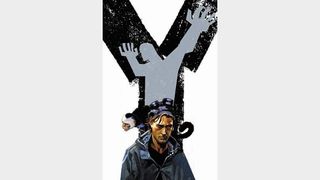
Brian K. Vaughan wasn't the first writer to bring a pop sensibility to Vertigo - see Peter Milligan, Grant Morrison and many from the imprint's earliest days - but when his Y: The Last Man launched, it was a breath of fresh air with a high concept idea at the heart of the series and a fast-paced, mainstream-friendly tone that each and every issue brought to the table.
After a period where Vertigo titles had seemed to fulfill the cliché of being "written for the trade," Y came along and made every issue an event in and of itself, complete with last page cliffhangers that would ensure that you'd come back the next issue no matter what.
7. iZombie
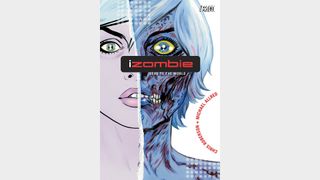
Chris Roberson and Mike Allred's pastel horror fable iZombie began life as a pop-art pastiche of the once-burgeoning zombie craze, taking the focus off the ever-dying casts of survivors and turning the lens on Gwen Dylan, a young woman trying to live a functional life as a zombie.
Now, iZombie may be best known as the namesake for a slightly different take on the same themes in the eponymous CW show in which Liv Moore, a zombie, must eat brains to maintain her semblance of humanity.
6. 100 Bullets
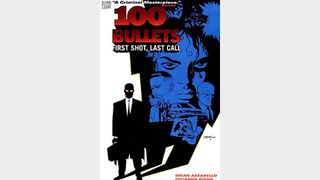
The series that arguably remade Vertigo from a supernatural line into something that was more about aesthetic and intent than subject matter, Brian Azzarello and Eduardo Risso's 100 Bullets also broke new ground for Vertigo in both its minimalist aesthetic and the fact that it was a long-running series in which the artist was every bit as important as the writer, and not something (and someone) to be swapped out at the start of the next story arc - as had become the case post-Sandman.
On the face of it, 100 Bullets had little to suggest that it would find a home at Vertigo, but it soon became a success story that paved the way for many other titles in the second half of Vertigo's life. Heck, it even helped instigate a sub imprint, Vertigo Crime.
5. The Invisibles

From one highpoint in a classic creator's career to another, Grant Morrison's Invisibles took everything that was wonderful about 1990s pop culture and pushed it into a blender to see what happened when you blurred it all together.
The answer? A forerunner of The Matrix that brought subcultures into the mainstream for the first time, played around with genre trappings, gave Vertigo its first transgender hero and took Vertigo's "Mature" rating to a new level. A series to be proud of, for sure.
4. Preacher
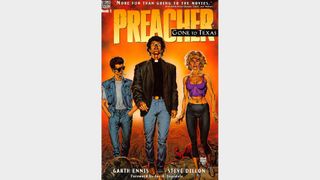
If DC had been historically been worried about dealing with religious themes earlier in its existence (and they were), Garth Ennis and Steve Dillon's Preacher quickly demonstrated that the rules were different when it came to the Vertigo imprint with this mix of religion, westerns, and machismo that happily blasphemed even as it quietly posited alternate theories about the bloodline of Jesus Christ and the nature of faith (and danger of blind faith).
Hilarious and sneaky when it wasn't being sentimental and honest, this book didn't just make Garth Ennis' name, it pretty much set the tone for everything he'd do afterwards.
3. Hellblazer
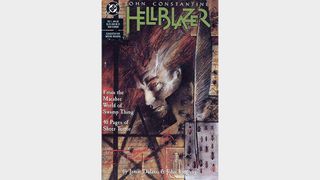
One of two titles on this list that started prior to the inception of the Vertigo imprint, Hellblazer was the series that laughed at conventions, even its own (Remember the whole "Only Brits can write John Constantine properly" idea? Brian Azzarello may disagree).
Starring a minor character spun out of Swamp Thing who managed to evolve and age in real time once separated from the mainstream DC Universe, Hellblazer mixed horror and comedy and social realism in different amounts depending on which writer was in control of the title, constantly re-inventing both the series and the character on a regular basis but never losing sight of the heart of who Constantine really was.
2. Fables
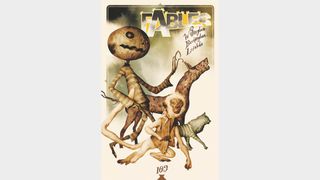
One of Vertigo's longest running and biggest successes (outside of the 100-plus issues of the main series, it also launched multiple spinoffs, original graphic novels, prose tie-ins, video games, and more), Bill Willingham's now concluded Fables broke with tradition to create a series in which the world was the star, with space for multiple storylines (and series), and multiple writers, as well. Gamers might also recognise it as the inspiration behind TellTale's The Wolf Among Us.
After years of searching, the next Sandman had arrived, and Vertigo had found itself a new tentpole to build around as it prepared for whatever came next.
1. Sandman
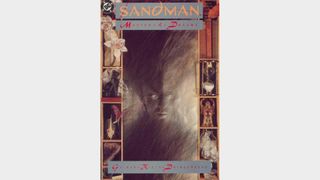
The book that, in many ways, started it all and remains a high point for Vertigo Comics and DC as a whole, Sandman brought a level of intelligence, beauty and self-awareness to mainstream American comics that even Alan Moore's Swamp Thing and Watchmen hadn't quite managed, and its success was enough to allow Vertigo founding editor Karen Berger to convince the powers that be to greenlight the imprint.
But there's something else that Sandman introduced to the US comic industry that has become so well-accepted as to be overlooked in recent days: Vertigo (and Berger) allowed the comic to finish when Neil Gaiman was done with it.
No new writer and new status quo, despite its immense success, Sandman brought a new understanding of the importance of the creator to company-owned comics, and a reminder that, sometimes, it's best to get offstage while people are demanding more.
Of course, Gaiman eventually revisited the characters with the anniversary series Sandman Overture and most recently with the Sandman Universe 'Pop-Up' imprint of titles set in that world.
